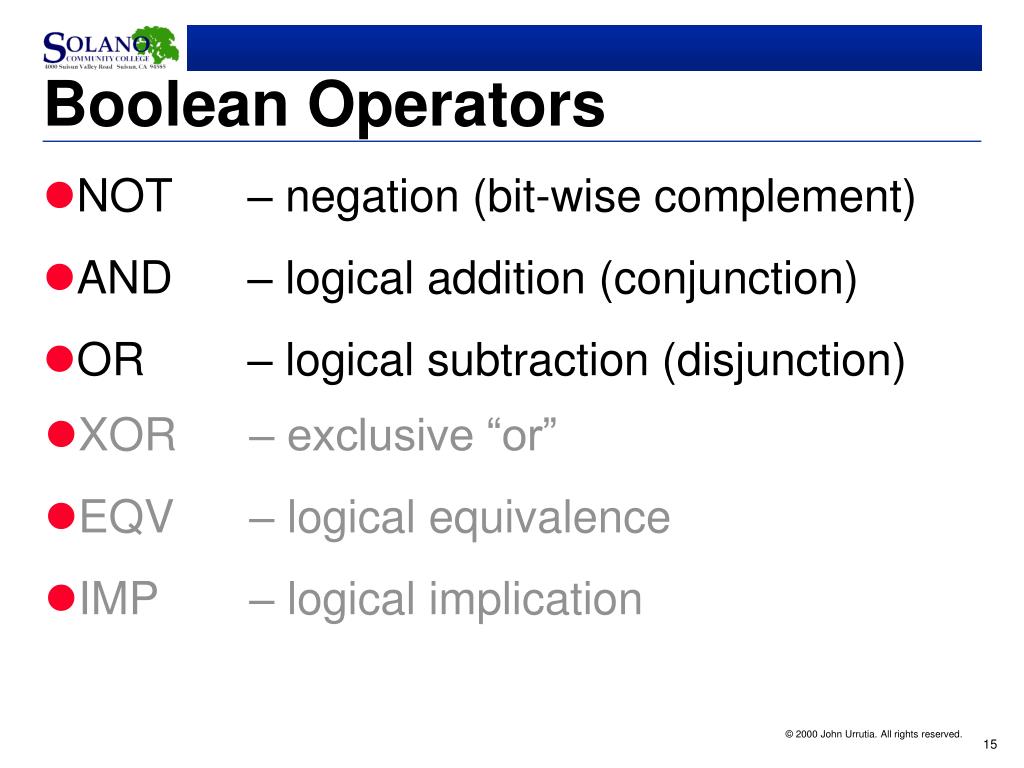



If you include operators such as AND and OR, we will combine them in this order: NEAR. Visual Basic always performs operations that are enclosed in parentheses before those outside. ProQuest assumes your search terms should be combined in a certain order. This can override both the order of precedence and the left associativity. You can use parentheses to force some parts of an expression to be evaluated before others. By contrast, n3 has a result of 48, because the parentheses force the compiler to evaluate 8 / 4 first.īecause of this behavior, operators are said to be left associative in Visual Basic. Because the compiler evaluates the operations for n1 from left to right, the evaluation is the same when that order is explicitly indicated for n2. The first expression evaluates the division 96 / 8 (which results in 12) and then the division 12 / 4, which results in three. When operators of equal precedence appear together in an expression, for example multiplication and division, the compiler evaluates each operation as it encounters it from left to right. They do not compare the values of two objects they check only to determine whether two object variables refer to the same object instance. The Is and IsNot operators are object reference comparison operators. The string concatenation operator ( &) is not an arithmetic operator, but in precedence it is grouped with the arithmetic operators. The = operator is only the equality comparison operator, not the assignment operator. Certain operators have higher precedence than others for example, the multiplication operator has a higher precedence than the addition operator. Multiplication and floating-point division ( *, /)Īrithmetic bit shift ( >) Comparison OperatorsĪll comparison operators ( =,, , >=, Is, IsNot, Like, TypeOf. Operator precedence determines the grouping of terms in an expression and decides how an expression is evaluated. Operators are evaluated in the following order of precedence: Await OperatorĪwait Arithmetic and Concatenation Operators Operators with equal precedence are evaluated left to right in the order in which they appear in the expression. The logical and bitwise operators have the order of precedence described in the following section, and all have lower precedence than the arithmetic, concatenation, and comparison operators. The arithmetic and concatenation operators have the order of precedence described in the following section, and all have greater precedence than the comparison, logical, and bitwise operators.Īll comparison operators have equal precedence, and all have greater precedence than the logical and bitwise operators, but lower precedence than the arithmetic and concatenation operators. When expressions contain operators from more than one category, they are evaluated according to the following rules: When several operations occur in an expression, each part is evaluated and resolved in a predetermined order called operator precedence.


 0 kommentar(er)
0 kommentar(er)
